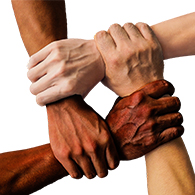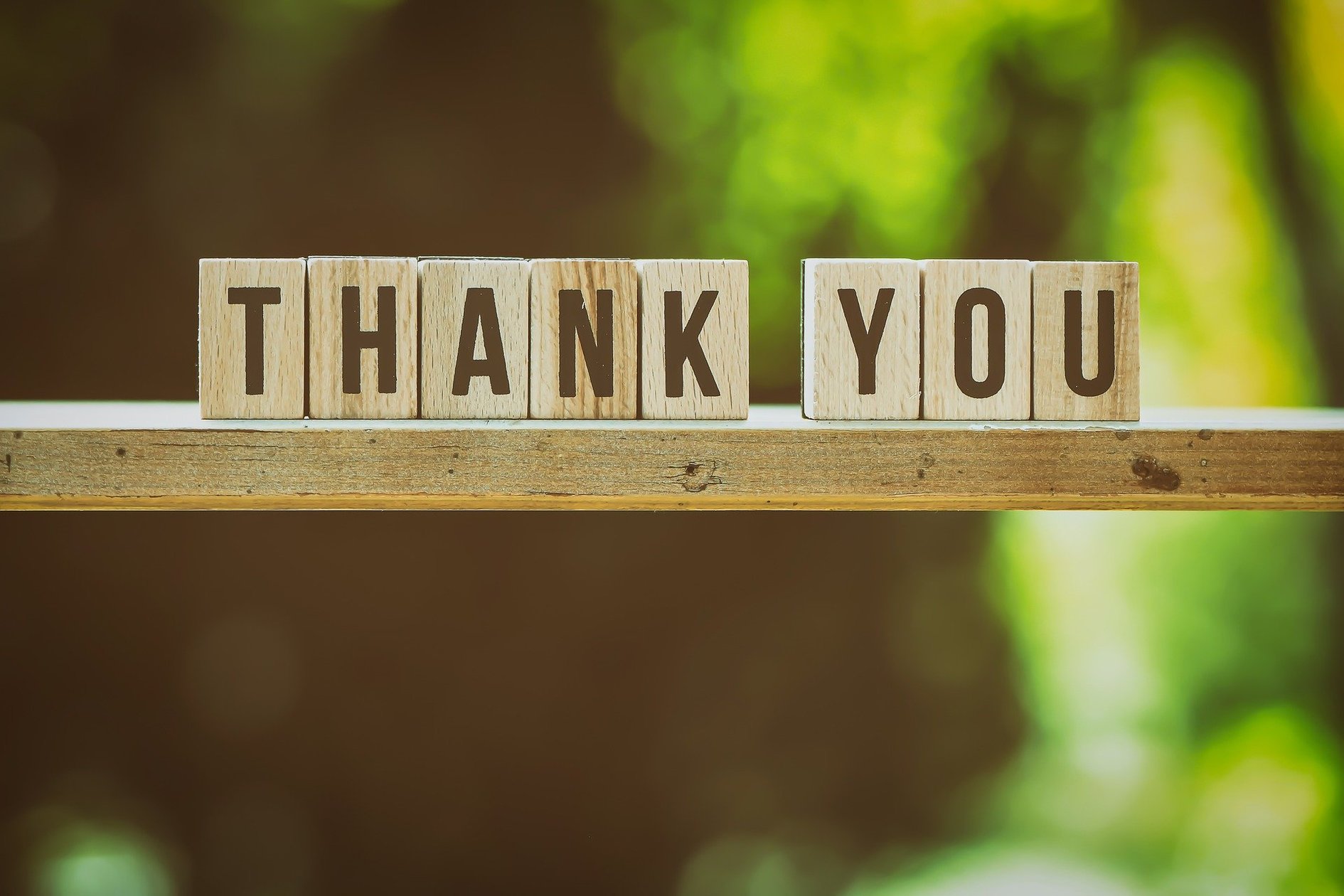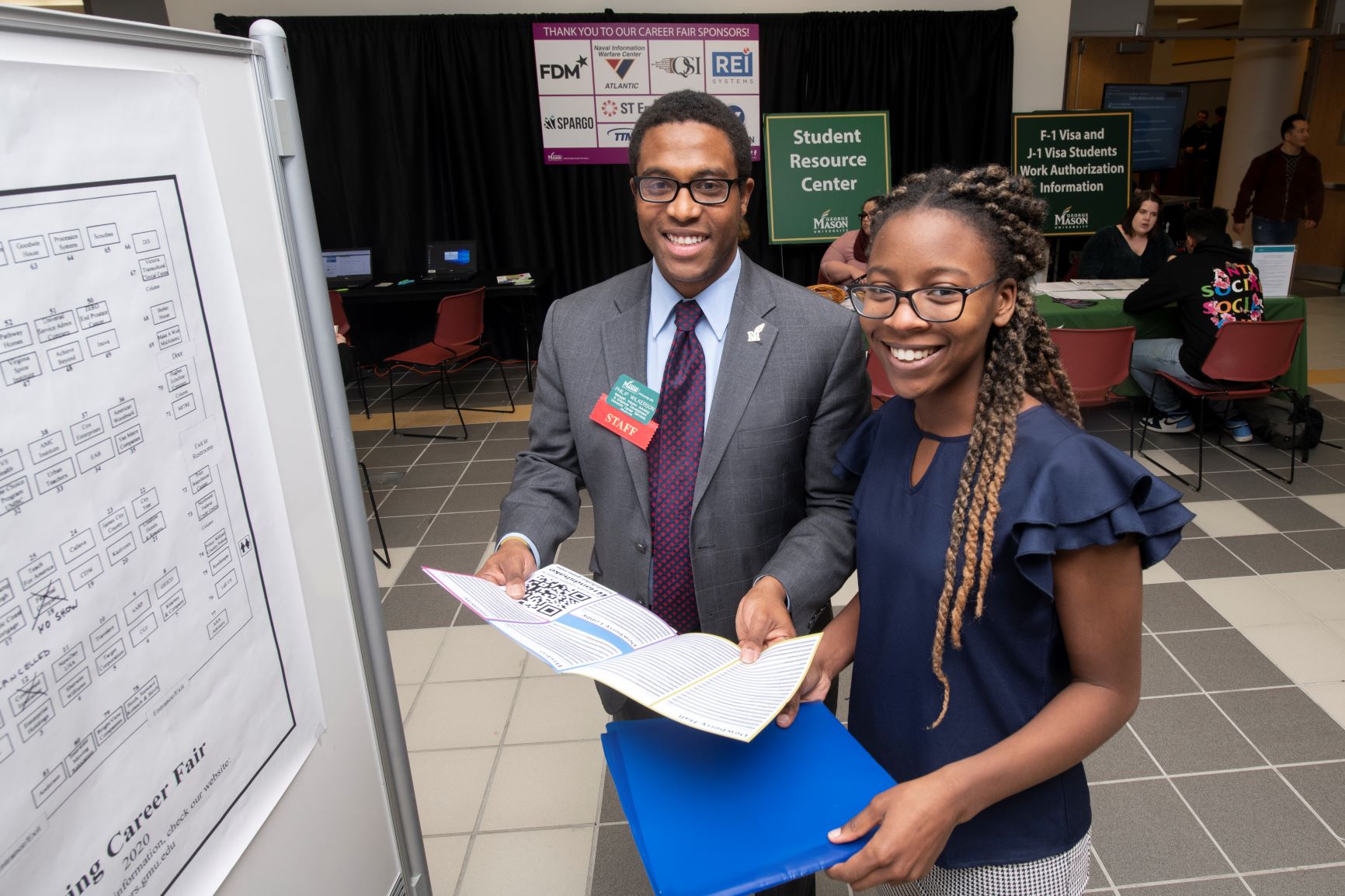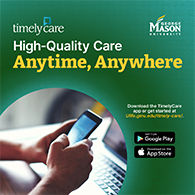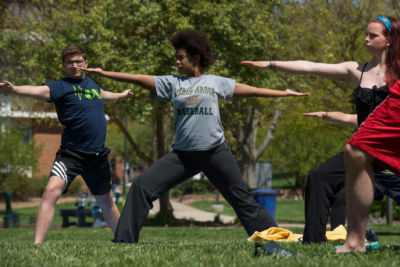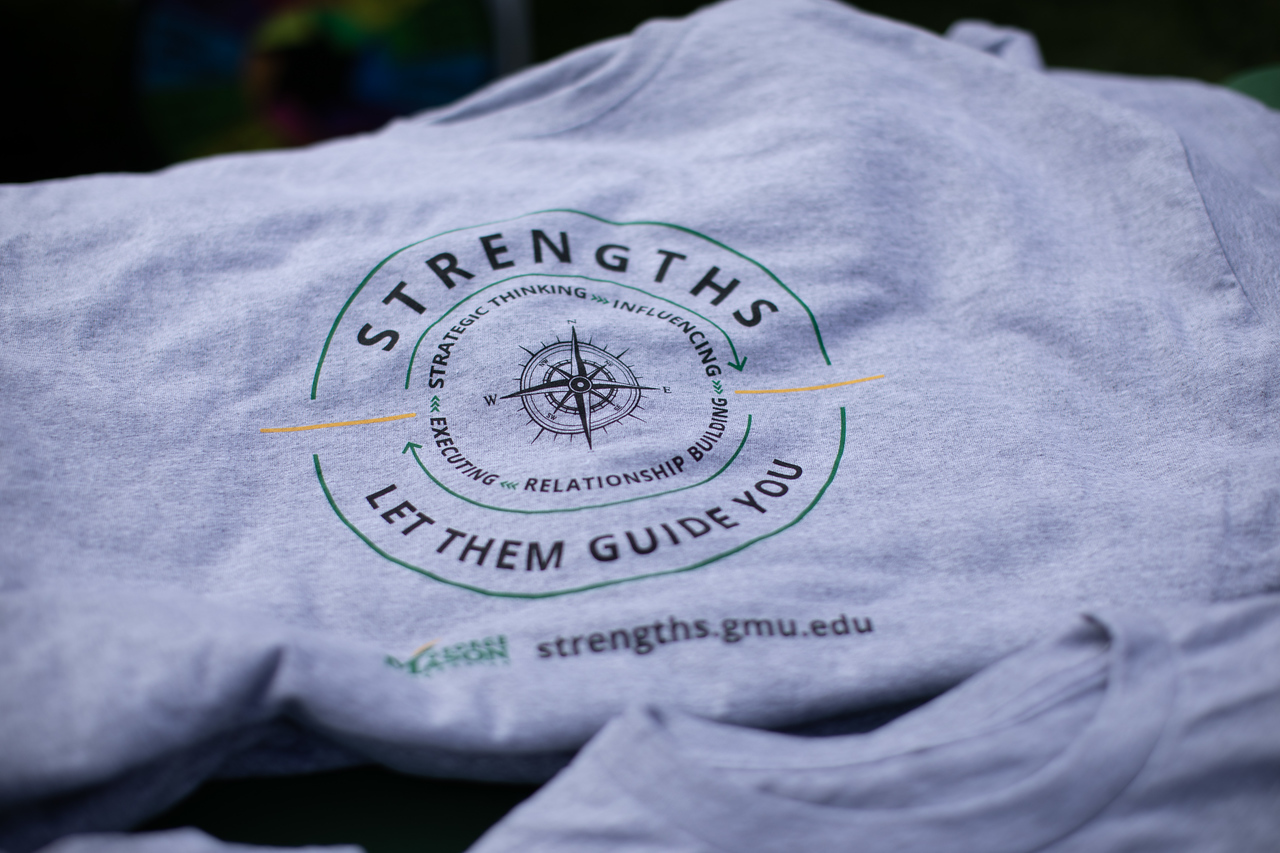By: Anna Kompanek, Director of Global Programs, Center for International Private Enterprise (Mason MBA 2017, Mindful Leadership Certification 2021)
“Breathing in, I calm my body. Breathing out, I smile.” – Thich Nhat Hanh
The list of stressors in our daily lives is never ending. Whatever doesn’t break us can make us stronger, but how do we keep from breaking under the burden that seems insurmountable at times? The answer is: building resilience. Well-Being research shows that mindfulness practices can help us become more resilient.
The American Psychological Association defines resilience as the process of adapting well in the face of adversity, trauma, tragedy, threats, or significant sources of stress. The world around us certainly tests our resilience. Breath and meditation can be helpful mindfulness tools to strengthen it. Yet, many people are discouraged from even trying by two common misconceptions.
First, many assume that to breathe mindfully and meditate, they need to retreat from the world into a monk-like existence, forgetting all their earthly endeavors and spending hours in a lotus pose. Who has the time – and the knees – for that? Second, many also think of meditation as inaction. Why should we spend time in quiet contemplation while we could be doing something? Let’s address these in turn.
We don’t have to commit to a monastic path to practice mindfulness. Even if we just take a few minutes every day to calm our body and mind, that is plenty to help rewire our brains toward greater resilience. Mindful breathing and meditation are not the antithesis of action, either. In fact, they are vital prerequisites of purpose-driven action. As flight attendants wisely tell us, we need to put our own oxygen masks on first before being able to help others. Only from that space of inner calm and clarity can we adapt to change and act constructively in the face of adversity.
Dr. Lehan Stemmet from the Auckland Institute of Studies in New Zealand has been conducting extensive research on what distinguishes resilient people from less resilient ones. He concluded that resilient people flip Maslow’s hierarchy of needs on its head. They start from the perspective of self-actualization by actively contributing to the world what they already have – experience, talents, resources – in ways that demonstrate purpose, meaning, and significance. Resilient people face reality, see the situation from an accurate perspective, and deal with it proactively.
Try This Mindful Breathing Practice for Resilience
Buddhist master Thich Nhat Hanh offered valuable guidance for finding resilience in every moment. As someone who lived through and opposed the Vietnam War, he shared simple but profound lessons on finding inner peace even in turbulent times. It doesn’t get more straightforward than using our breath well, and yet so often we forget about this simplest way of experiencing greater calm and compassion. Mindful breathing is the cornerstone of resilience accessible to anyone, anytime.
One method you can use daily is the 4-7-8 breathing cycle developed by Dr. Andrew Weil, MD based on ancient breathing practices. He described it as a “natural tranquilizer for the nervous system” – give it a try:
- Sit on a mat or a chair with your back straight.
- Place your tongue against the back of your top teeth and keep it there.
- Inhale through your nose for a count of 4.
- Hold your breath for a count of 7.
- Exhale completely through your mouth making a “whoosh” sound for a count of 8.
- Repeat for 3 more cycles.
You can practice this breathing technique as often as you need, over time increasing the repetition of cycles up to 8. Once you leverage your breath to find relaxation and grounding, you have tapped the source of your resilience. Then you can choose your actions from that place. Regardless of the situation, think of how to contribute in proactive ways from the state of your mind. Once you make this cycle of mindfulness leading into action a habit, the attitude of resilience will follow, bringing benefits to your own well-being and the world around you.
Additional Resources
- Mason’s Resilience Badge – available to both students and employees
- Mindful Mason Moments – free weekday mindfulness sessions for the Mason community
- The American Psychological Association’s article “Building Your Resilience”
- Dr. Lehan Stemmet’s Ted Talk “Change Your Brain and Resilience”
- Susanna Newsonen’s article in Psychology Today “Breathing In, I Calm My Body. Breathing Out, I Smile.”
- The WebMD article “What To Know About 4-7-8 Breathing”
- Andrew Weil’s video demonstrating 4-7-8 breath
Write one of these Thriving Together Series features! We’re looking for contributions on all topics related to well-being. Read other Thriving Together Series articles here and contact us at [email protected] for guidelines. Thank you for helping our Mason community thrive together online!



